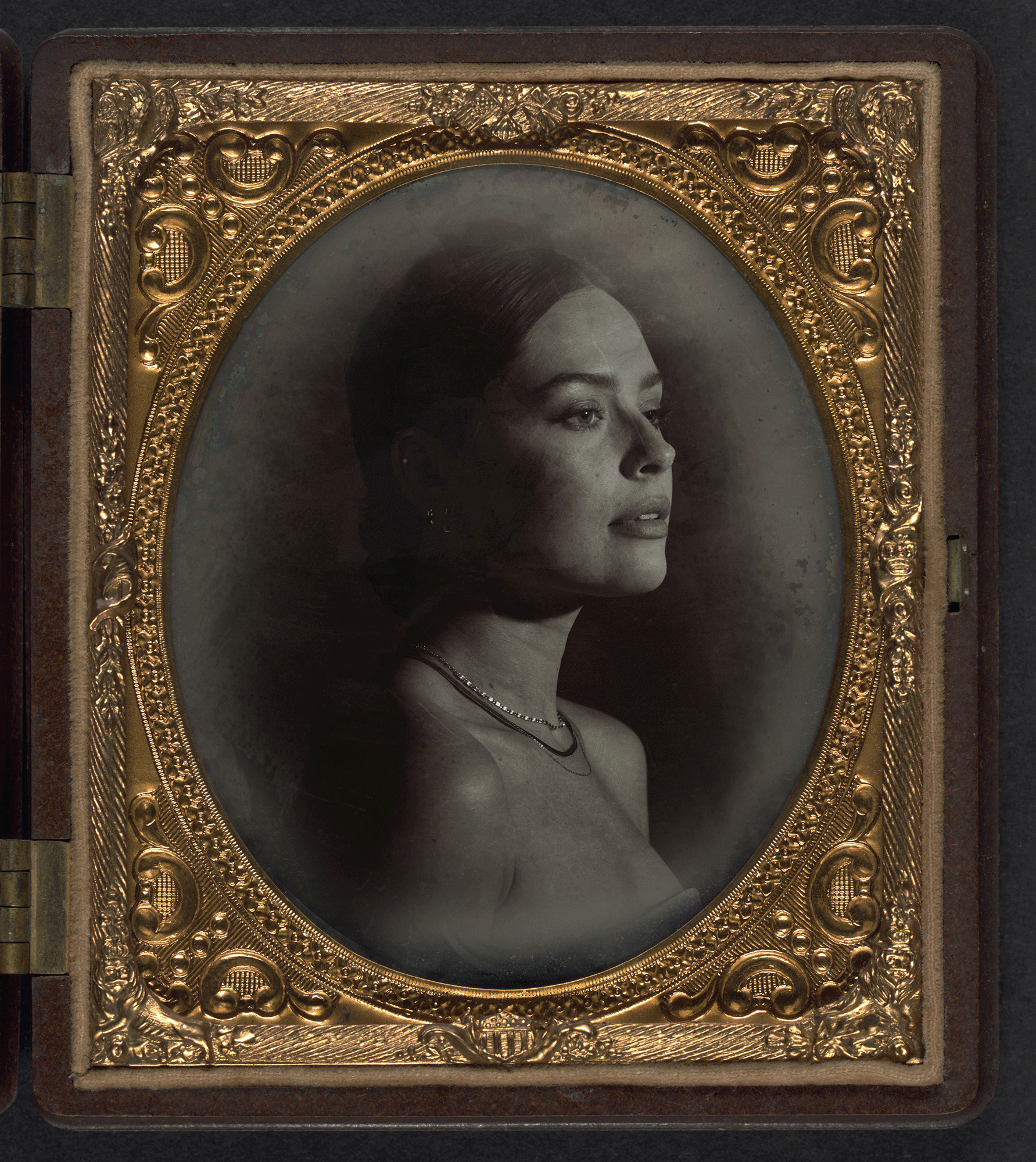News + Features
Jeremy Cowart has never felt truly at home in the commercial photo industry or in the fine-art world. “I’m an abstract painter stuck in a photographer’s career,” he says. So, when on March 11 the artist Beeple—who had never sold a print for more than $100—sold his first NFT (non-fungible token) for $69 million at an auction at Christie’s, Cowart paid attention.
[Read: What Are NFTs Anyway? A Photographer’s Guide to the Digital Art Craze]
At first, he was skeptical that the medium was more than a passing trend. Then, Cowart’s colleagues began to sell their work in the NFT space, which increasingly has become a flourishing garden for digital artwork made by photographers.
“It felt like a sacred moment for me,” Cowart says when he decided to create an NFT of his own. Rather than auction a work that had already been seen by many people, Cowart wanted to create something completely fresh and new. “I wanted it to be my very best work,” he says.
[Read: Jeremy Cowart’s Lightograph Animates a Still Photo With Moving Light]
Since 2014, Cowart has been experimenting with “Lightographs,” a form of digital art in which the subject stays still but the light changes. Cowart, who describes himself as “curious and scatterbrained,” started experimenting with the technique to stay engaged in the studio. The process of taking a Lightograph is fairly straightforward—Cowart poses a subject, and then takes the same photograph of them many times using different lighting setups. He stitches the resulting images together in post-production to make it seem like a still photograph is sitting in front of a window, letting the sun and other forms of ambient light drift across its surface as the day progresses. “I realize that humans are always changing and evolving, and this process really reflects that,” Cowart says.





To date, Cowart has photographed more than 1,000 Lightographs. He made them for clients as add-ons and created them amid experimentation in his studio. Because it takes so much time and effort to set up the various lighting scenarios that necessary to create a Lightograph, he keeps them installed permanently in his studio so that he can switch them on in a moment. “It’s really just a big blender I throw my subjects into,” he says. “I throw the whole wall of tricks at them and see what comes out.” Currently, Cowart has a patent pending for his Lightograph technique.
A typical Cowart Lightograph usually combines between 3 and 30 photographs. When creating the NFT, Cowart realized he had to go beyond what he had done already. He combed through his archive and chose 80 images from 9 different photo shoots. From those 80 images, he created 15 different Lightographs. He then digitally cut out separate elements from each of those Lightographs—an eye, a mouth, a nose, a hand—and combined them in a manner redolent of the great Dadaist and collage artists of the 1930’s, including Hannah Höch and Man Ray.
The resulting NFT is a 10GB file that contains 116 layers. Cowart says that he spent an entire week working on the NFT in Photoshop. In total, he has put countless hours of work into it.
The image resembles a Hindu goddess such as Durga or Devi—a woman with extraordinary powers whose gaze lies everywhere. Around her head, this goddess wears a halo that, thanks to Cowart’s Lightograph technique, catches light differently as the NFT progresses and then repeats. The final NFT is set to the music of Cowart’s friend, Matt Stanfield. A simple piano concerto, it resembles the compositions of Erik Satie, adding to the overall feel that Cowart’s NFT pays homage to earlier art movements and contains a sort of nostalgia.
“My mind just exploded at the end of the pandemic chaos,” Cowart says. “It really got me exploring new things.”
Cowart decided to auction his NFT, which he named “Radiant,” on Foundation, an app that was launched in 2021, and aims to give a platform to crypto artists and other people creating NFTs. In six months, Foundation says that creators have made over $43 million on its site.
[Read: NFTs of Kurt Cobain’s Last Photoshoot Up For Auction]
When he announced the launch on Instagram, Cowart wrote: “So this NFT stuff is finally the merging of my two loves as a visual artist… fine art and digital. It’s beautiful.” On Foundation’s website, they proclaimed that it was the first ever Lightograph NFT. The reserve price for the work is listed at 3.00 ETH, or $7,564.56 at time of publishing. (Foundation transacts in Ether, the second-most popular cryptocurrency after Bitcoin.) As soon as the reserve bid is met, a 24-hour auction will begin for the piece.
Cowart was ebullient in the first few hours after the release. Then his NFT stopped playing on Foundation’s website. Nine hours after the launch, he tweeted: “Super bummed. My first NFT dropped today and I just found out that it isn’t been displaying (aka playing) on [Foundation]’s website. This kills the momentum completely. The magic of this is in the animation and light evolving.” At time of writing, the display still hadn’t been fixed. It’s a heartbreaking conclusion to so much hard work.
Even still, there’s a lot of reason to hope. Cowart is far from done experimenting with Lightographs and NFTs. The marketplace has just launched, and he has plenty of time to make a name for himself a crypto-artist if that’s what he desires. Talent doesn’t disappear just because software malfunctions.
In the future, Cowart imagines that we will all live with digital art, in the same way we live today with prints, posters and paintings. Digital art, he predicts, will be predicted on screens installed throughout households. “It’s such a joy to see art like this,” he says.





